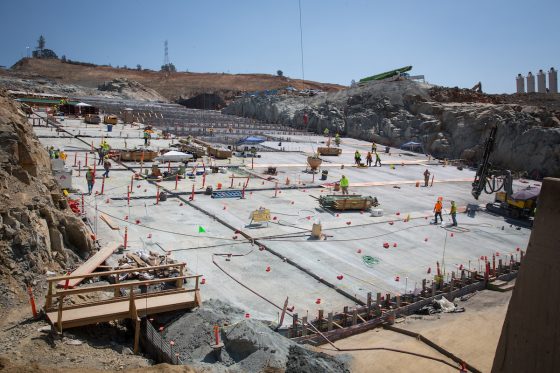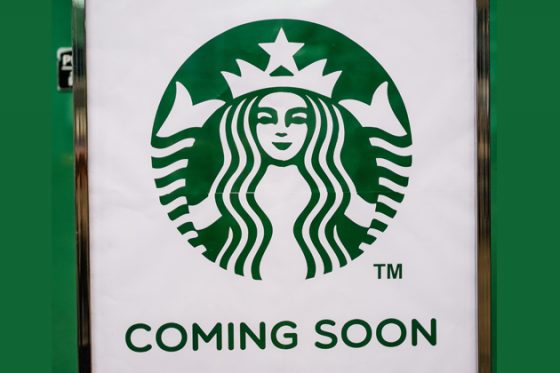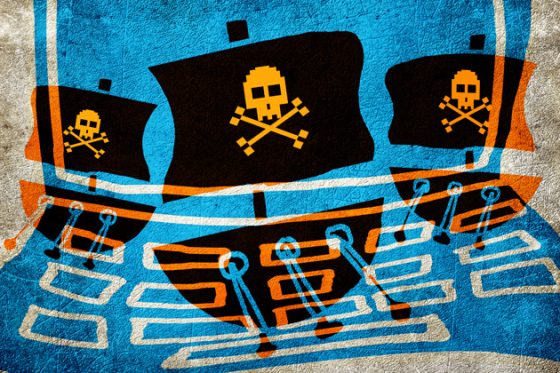
Concrete continues to be placed on the lower chute of the Lake Oroville flood control spillway in Butte County, California. Photo taken Aug. 7, 2017, by Dale Kolke/California Department of Water Resources.
California residents in the path of water spilled from the Oroville dam in February had until Aug. 11, six months after the incident, to file claims.
The Mercury News reported that Butte County farmer George Onyett, manager of J.E.M. Farms and Chandon Ranch, filed a $15 million claim, saying that after the flooding in February, about 25 acres of walnut trees were washed away by the Feather River. He said that 1% to 2% of the trees in his walnut orchard were lost and that his land is now “irrecoverable.”
Because of the near-collapse of the Oroville Dam in northern California, communities as far as 100 miles downstream were at risk of flooding. Problems at the dam began when its main water channel, or sluice, was damaged after a winter season of record rain and snowfall after five years of drought. Torrential rainfall caused water levels to rise so quickly that large amounts of water needed to be released to prevent the dam from rupturing and inundating the communities below.
But when the force of the cascading water created a large crater in the main spillway, use of the emergency spillway was required. This safety backup, however, also nearly failed because the dirt spillway, which had never been fortified by concrete, began to erode, increasing the risk of damage to the dam. In anticipation of a possible disaster, almost 200,000 residents living in the shadow of the dam were temporarily evacuated.
Niall McCarthy, an attorney representing the farm, said the spillway crisis was “entirely avoidable.
” He pointed to waived concerns about inadequacies of the emergency spillway raised by nonprofit groups in 2005, as well as recently released reports by UC Berkeley Professor Robert Bea, of mismanagement by the state Department of Water Resources, according to the Mercury News.
“There was a certainty of failure with respect to the Oroville Dam,” McCarthy said. “The state chose to make band-aid repairs.
The state failed to do its job. (This was) not caused by natural conditions, (but) by human error.”
State officials have maintained it is unclear whether the fluctuation in water releases from Oroville harmed the river and those who farm along it between the shore and major flood protection levees. They argue that some bank erosion would have occurred this year, regardless, given Northern California’s record rainy season, according to the Sacramento Bee.
A number of other business owners and individuals have also filed claims with the state Department of General Services. The Sacramento Bee reported that there were 11 claims at the beginning of July and that there are now a total of 92 claims filed by residents.
A list released by DGS showed claims totaling $1.17 billion. However, that includes a $1 billion claim filed on behalf of “all affected parties” owning land along Northern California rivers where flows were affected by sudden water releases from Oroville. That claim, filed by a Woodland lawyer named James Nolan, added that actual damage amounts aren’t yet available.
Construction efforts at the Oroville Dam spillways are underway and are focused on repairing and reconstructing the gated flood control spillway, also known as the main spillway, by Nov. 1, according to the California Department of Water Resources.

 The collective mood among Starbucks (SBUX) shareholders may have been dark and intense on Wednesday, following a 1%
The collective mood among Starbucks (SBUX) shareholders may have been dark and intense on Wednesday, following a 1%  Cyberthreats have become seaborne in recent years, and preventative measures are on the radars of governments and the shipping industry.
Cyberthreats have become seaborne in recent years, and preventative measures are on the radars of governments and the shipping industry.